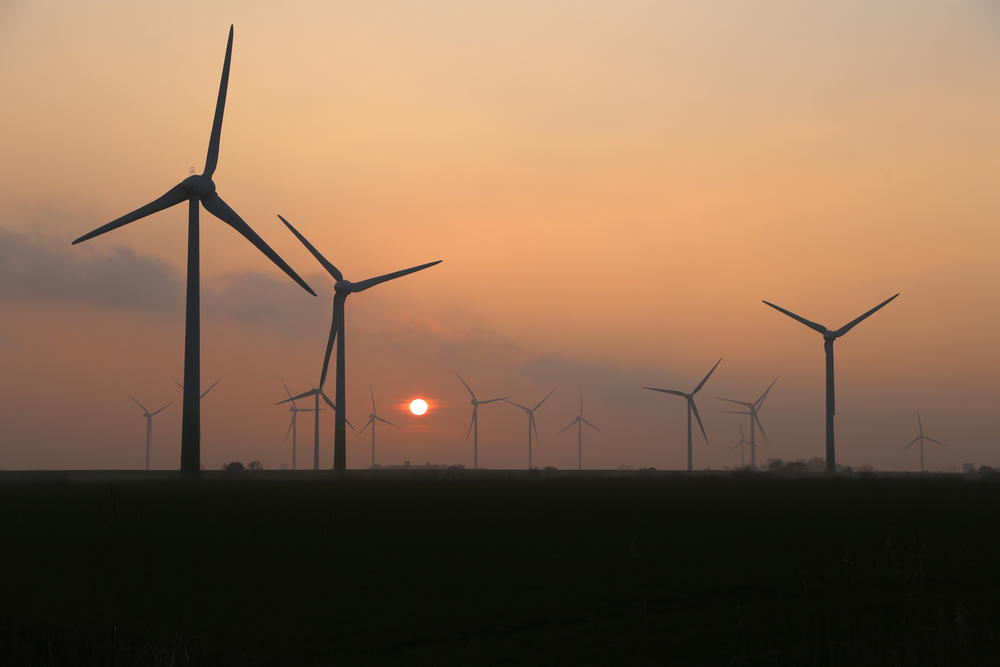S&P Dow Jones Indices (SPDJI) completed the rebalance of its clean energy index earlier this week causing a reshuffle of the world’s two largest clean energy ETFs. What now needs to be ascertained is what the changes mean for the two products and the clean energy investment universe as a whole.
The iShares Global Clean Energy UCITS ETF (INRG) and the iShares Global Clean Energy ETF (ICLN) both track the S&P Global Clean Energy index which previously came under fire for potential liquidity risks and over-concentration.
With over $12bn tracking the two strategies, SPDJI has brought in changes that will see the index’s constituent count jump from 30 to 82. Likewise, the index provider has made inclusion criteria less stringent meaning companies can feature in the index without having pure exposure to clean energy.
With record thematic ETF inflows in Europe of €5.5bn in Q1, according to data from Morningstar, and INRG making up around a fifth of this number, the index adjustments seem to come at an appropriate time to gear BlackRock’s ETFs for a period of prolonged popularity.
For one, these changes will mean 90% of the most liquid holdings of the new basket will be able to trade at a combined daily volume six times higher than its predecessor.
Aside from directly addressing the issues raised during consultations earlier in the year, the inclusion of some larger, non-pure play clean energy stocks is likely to improve the ETFs’ risk-return profiles by reducing volatility.
However, as feared by Société Générale in a report on rebalance predictions, the index’s new basket has a significantly diluted exposure to its underlying investment theme.
Questions remain for BlackRock clean energy ETFs despite SPDJI proposals
Whereas the old basket of 30 stocks had a 100% clean energy exposure – meaning this was the primary business of all the index’s constituents – the updated index is expected to be made up 66% by pure plays.
Additionally, the index is expected to offer a 27% stake to companies with a clean energy exposure score of 0.5 meaning they have only ‘some’ involvement in clean energy within their business models.
As SocGen set out, there is a risk that SPDJI’s exposure categorisations themselves are subjective and likely to change over time. For now at least, SPDJI has said the intensity of the clean energy exposure in their new index will be 15% lower than the outgoing model.
Other index construction points worth noting include large sell-offs of holdings such as Meridian and Plug Power. Following the rebalance, INRG currently has a 7.6% weighting to New Zealand dollars, a 2.1% weighting to Norwegian krona and 2% to US dollars, as at 19 April, according to BlackRock’s website.
Furthermore, while reducing its weightings towards Chinese companies, the new SPDJI index adds companies in which the Chinese state has dominant stakes, including China Longyuan and Goldwind. The latter of these companies manufactures windfarm components and operates out of Xinjiang which may not sit well with ESG investors.
Going forwards, SPDJI said the company will discuss the possibility of adding emerging market-listed stocks and further expanding its definition of clean energy business to include other segments such as energy storage firms.
The weight of these changes and future proposals should not be understated. On the one hand, they greatly dilute the green and perhaps even ethical credentials of the world’s most popular clean energy ETFs. On the other, SPDJI’s reshuffle helps bring these strategies into the mainstream and may pave the way for other indexers and issuers to follow.





